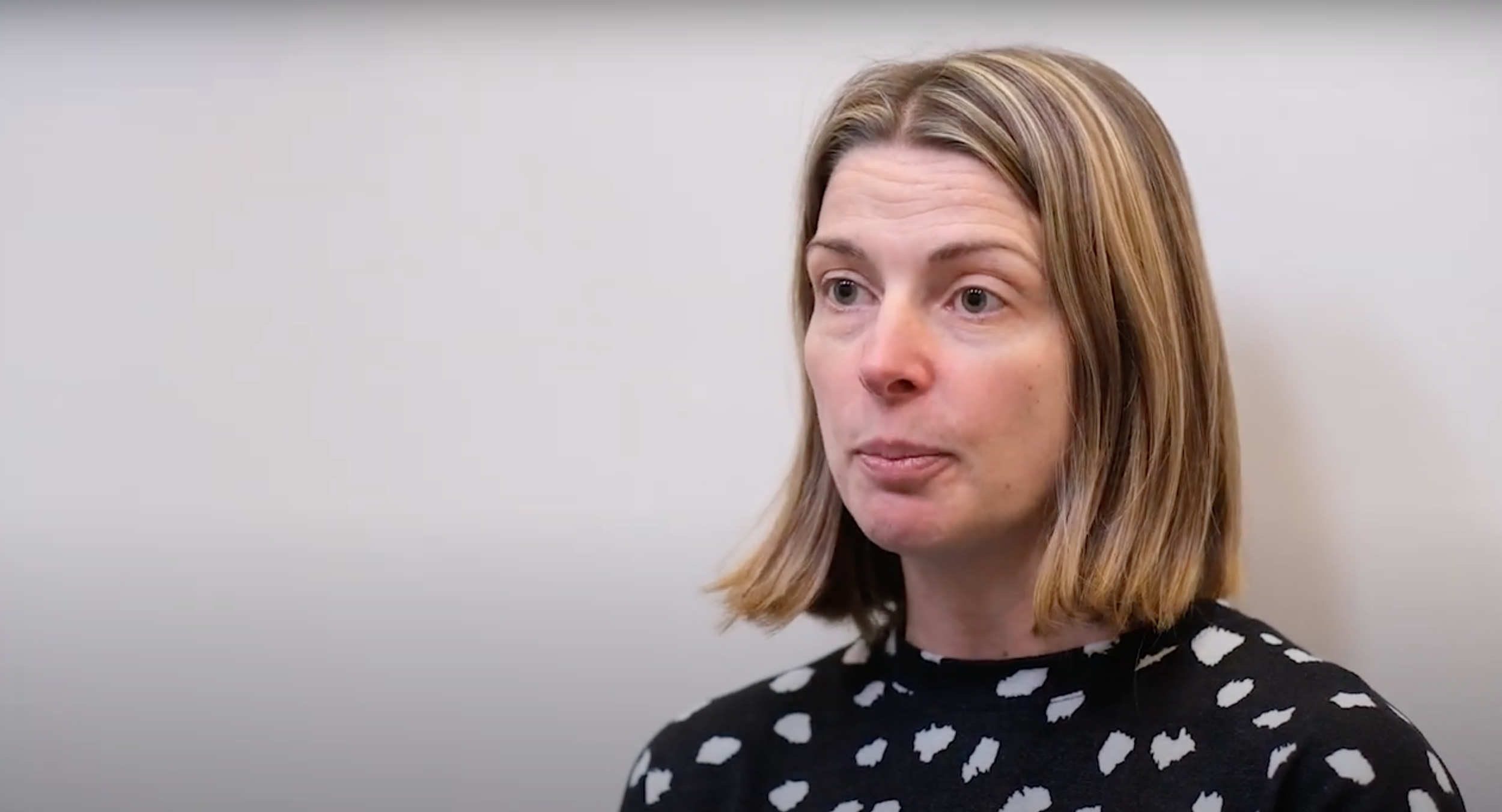Topic: Becoming a special guardian
Five-step assessment process
There are five main stages to go through when you apply to become a special guardian. The application process is designed to help everyone involved make informed decisions in the child's best interests.
Sarah explains the first steps in the assessment process
-
How it works
Our Connected Persons team or the Family Court decide during each of the five steps whether you should progress to the next step.
We are here to talk through those decisions, explain your options and make sure you know your rights. You can contact us for support at any time. You can also decide to withdraw from the process between any of the five steps.
-
If the child already lives with you
The child or children may already be living with you temporarily because their social worker, their family or the Family Court decided it was in their immediate best interests.
Your application will follow the typical process, but you will also need to be approved as a temporary foster carer (also known as a regulation 24 carer). The same assessment is used to make these two decisions - you don’t have to do everything twice.
The five steps
1. Confirm your interest
The Connected Persons team receives your details from the child's parent(s), social worker or if you contact them directly. Someone from either the Connected Persons team or the child’s social worker will contact you to explain what is happening and describe what a special guardian is and does. They will then ask if you would consider taking on the role.
Outcome: An initial phone call is arranged to gather more details.
2. Phone and home visit
Someone from the Connected Persons team will contact you by phone. The aim is to learn more about you, but also to tell you more about being a guardian. The call can last roughly 30 minutes and you will be asked about your current situation and background. It’s also a chance to talk about how a guardianship order might work and to ask questions. You will receive further information by email or post after the call.
The Connected Persons team will then arrange a two to three hour home visit to complete a more detailed initial assessment. This gives you and the team a chance to meet each other and gain more information about your background and living situation. In certain situations, this visit may be conducted virtually.
Outcome: An initial assessment report is created which you receive a copy of of. You, the Connected Persons team and the Family Court will decide if you are going to move to the full assessment stage.
3. Full assessment
The full assessment stage involves more detailed conversations between you and your dedicated Connected Persons worker. It usually takes 8–12 sessions over several weeks.
People can be surprised by how much detail goes into an assessment, but it is in the best interests of the child or children. You will also have medical and DBS checks.
Outcome: The Connected Persons team give their assessment to the Family Court and either recommend you for guardianship or not. If you apply to be a temporary foster carer too, the team will also make a separate recommendation to the Family Court.
4. Family Court hearings
The Family Court decides where the child will live and under what arrangement. There is no fixed timeframe for the court hearing and it can often be months after you complete your assessment. There is usually an initial hearing to set a court timetable, followed by a full hearing where the judge considers the case and makes a decision.
Outcomes: The Family Court decides the child's future living arrangements. Increasingly, this includes a 'tested and supported period' where a child lives with you before you return to hear a final decision.
5.Special Guardianship Order (SGO) awarded
The child or children move in with you if they are not already living with you. You officially become their legal guardian until the age of 18.
You will receive a support plan that describes what support and benefits you may be able to access. You may also get a plan for initial contact arrangements with the child's family.
From the moment the SGO is granted, your family can access dedicated advice, training and support from the council's Post-Order Support Team.
Outcomes: The children begin the next chapter of their lives under your guardianship.
Links and resources
-
Special guardianship advice sheets ↗
frg.org.uk
Practical summaries of the role, the family law process and other types of kinship care from the Family Rights Group charity.
-
kinship.org.uk
A list of useful things to know and consider when deciding to become a special guardian. Created by Kinship, the leading charity supporting kinship carers (which special guardianship is a form of).
-
What is special guardianship? ↗
corambaaf.org.uk
Clear description of the role, how to apply and why you might want to.
-
-
Special guardianship role and rights ↗
childlawadvice.org.uk
A useful summary of the legal process and the rights and entitlements of special guardians.

